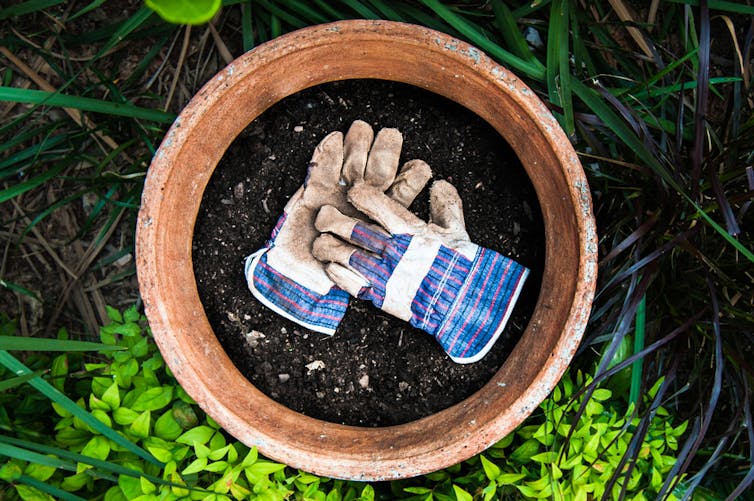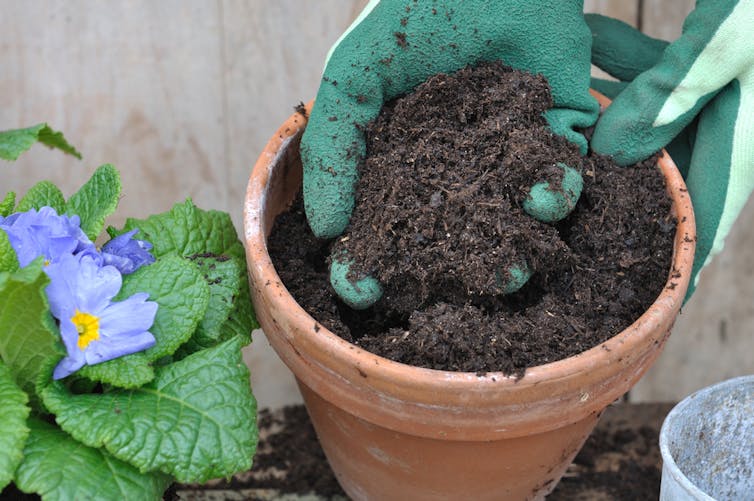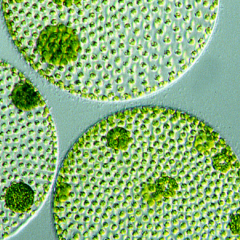Mark Blaskovich, The University of Queensland
Gardening is a great way to relax, be one with nature and get your hands dirty. But lurking in that pleasant environment are some nasty bacteria and fungi, with the potential to cause you serious harm. So we need to be vigilant with gardening gloves and other protective wear.
Soils contain all sorts of bacteria and fungi, most of which are beneficial and do helpful things like breaking down organic matter. But just as there are pathogenic bacteria that live on your body amid the useful ones, some microorganisms in soil can cause serious damage when given the opportunity to enter the body. This commonly happens through cuts, scrapes or splinters.
Plants, animal manure, and compost are also sources of bacteria and fungi that can cause infections.

1. Tetanus
Traditionally, the most common and well-known infection is tetanus, caused by Clostridium tetani, which lives in soil and manure. Infections occur through contamination of cuts and scrapes caused by things in contact with the soil, such as garden tools or rose thorns.
Fortunately, most people have been vaccinated against tetanus, which means even if you are infected, your body is able to fight back against the bacteria to prevent it becoming serious. Symptoms include weakness, stiffness and cramps, with the toxins released leading to muscular paralysis and difficulty chewing and swallowing – hence the common term for tetanus of lockjaw.
2. Sepsis
Bacteria such as Escherichia coli, Salmonella, Campylobacter jejuni, and Listeria monocytogenes are often present in gardens as a result of using cow, horse, chicken or other animal manure. Bacterial infections can lead to sepsis, where the bacteria enter the blood and rapidly grow, causing the body to respond with an inflammatory response that causes septic shock, organ failure, and, if not treated quickly enough, death.
A high-profile case recently occurred in England, where a 43-year-old solicitor and mother of two died five days after scratching her hand while gardening. This hits close to home, as a number of years ago my mother spent ten days in intensive care recovering from severe sepsis, believed to be caused by a splinter from the garden.
3. Legionellosis
Standing pools of water may hold Legionella pneumophila, the bacteria causing Legionnaires’ disease, more commonly known to be associated with outbreaks from contaminated air conditioning systems in buildings.
Related bacteria, Legionella longbeachae, are found in soil and compost. In 2016 there were 29 confirmed cases of legionellosis in New Zealand, including a Wellington man who picked up the bug from handling potting mix.

Another ten cases were reported in Wellington in 2017, again associated with potting soil. In New Zealand and Australia, Legionella longbeachae from potting mix accounts for approximately half of reported cases of Legionnaires’ disease. There were around 400 total cases of Legionellosis in Australia in 2014.
The bacteria is usually inhaled, so wearing a dust mask when handling potting soil and dampening the soil to prevent dust are recommended.
4. Melioidosis
An additional concern for residents of northern Australia is an infection called melioidosis. These bacteria (Burkholderia pseudomallei) live in the soil but end up on the surface and in puddles after rain, entering the body through cuts or grazes, and sometimes through inhalation or drinking groundwater.
Infection causes a range of symptoms, such as cough and difficulty breathing, fever or sporadic fever, confusion, headache, and weight loss, with up to 21 days before these develop.
In 2012, there were over 50 cases in the Northern Territory leading to three deaths, with another case receiving publicity in 2015. Preventative measures include wearing waterproof boots when walking in mud or puddles, gloves when handling muddy items, and, if you have a weakened immune system, avoiding being outdoors during heavy rain.
5. Rose gardener’s disease
A relatively rare infection is sporotrichosis, “rose gardener’s disease”, caused by a fungus (Sporothrix) that lives in soil and plant matter such as rose bushes and hay. Again, infections through skin cuts are most common, but inhalation can also occur.
Skin infection leads to a small bump up to 12 weeks later, which grows bigger and may develop into an open sore. An outbreak of ten cases was reported in the Northern Territory in 2014.
Aspergillus, usually Aspergillus fumigatus, and Cryptococcus neoformans are other fungi that can cause lung infections when inhaled, usually in people with weakened immune systems. Gardening activities such as turning over moist compost can release spores into the air.
Of course, there are plenty of other dangers in the garden that shouldn’t be ignored, ranging from poisonous spiders, snakes and stinging insects, to hazardous pesticides and fungicides, poisonous plants, and physical injuries from strains, over-exertion, sunburn, allergies, or sharp gardening tools.
![]() So enjoy your time in the garden, but wear gloves and shoes, and a dust mask if handling potting soil or compost. And be aware if you do get a cut or scrape then end up with signs of infection, don’t delay seeing your doctor, and make sure you let them know what you’ve been doing.
So enjoy your time in the garden, but wear gloves and shoes, and a dust mask if handling potting soil or compost. And be aware if you do get a cut or scrape then end up with signs of infection, don’t delay seeing your doctor, and make sure you let them know what you’ve been doing.
Professor Mark Blaskovich, The University of Queensland
This article was originally published on The Conversation. Read the original article.



